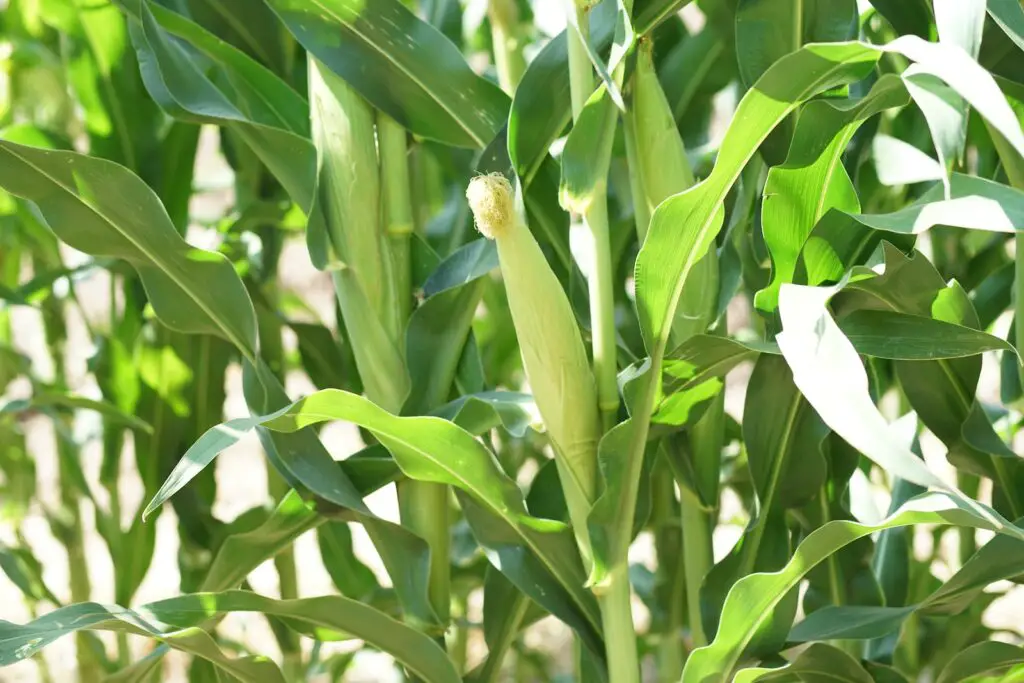
Corn plants are a popular addition to many gardens and homes, but they can sometimes fall victim to various issues, including pests, diseases, and environmental factors. If you notice your corn plant starting to wilt, turn brown, or droop, it may be a sign that it is dying. However, with the right care and attention, it is often possible to save a dying corn plant and nurse it back to health.
One of the first steps in saving a dying corn plant is to identify the cause of the problem. Some common issues that can cause a corn plant to die include overwatering, underwatering, lack of sunlight, pests, and diseases. Once you have identified the root cause of the problem, you can take steps to address it and help your corn plant recover.
Depending on the issue, there are a variety of strategies you can use to save a dying corn plant. For example, if your plant is suffering from overwatering, you may need to cut back on watering and provide better drainage. If pests are the problem, you may need to use natural or chemical treatments to get rid of them. By taking a proactive approach and addressing the underlying issue, you can often revive a dying corn plant and restore it to its former glory.
Table of Contents
Recognizing Signs of a Dying Corn Plant
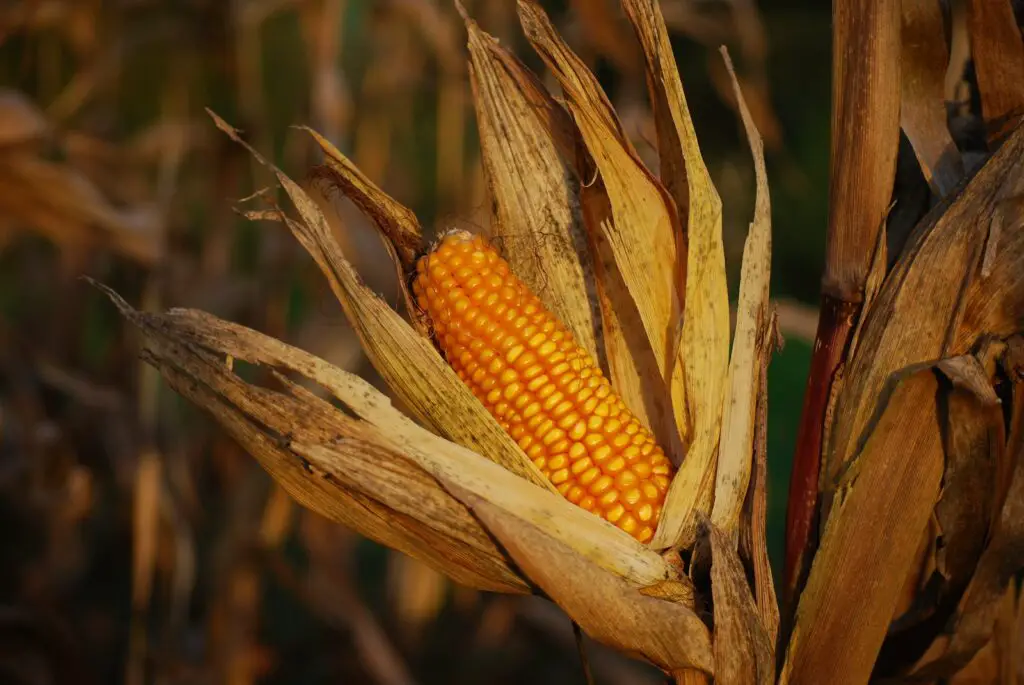
Corn plants are susceptible to a variety of issues that can cause them to die. It is important to recognize the signs of a dying corn plant early on so that you can take action to save it. The following sub-sections describe some of the common signs of a dying corn plant.
Leaf Discoloration
One of the most obvious signs of a dying corn plant is leaf discoloration. The leaves may turn yellow or brown, and the edges may become dry and brittle. This can be caused by a variety of issues, including over or under watering, nutrient deficiencies, and pest infestations.
Root Issues
Root issues can also cause a corn plant to die. Root rot is a common problem that can occur when the soil is too wet, and it can cause the roots to become mushy and discolored. This can lead to stunted growth and poor health in the plant.
Stunted Growth and Poor Health
If a corn plant is not growing as quickly or as healthily as it should be, it may be a sign that something is wrong. Stunted growth and poor health can be caused by a variety of issues, including nutrient deficiencies, pest infestations, and disease.
Pest Infestation
Pests can be a major problem for corn plants, and they can cause a variety of issues that can lead to the plant’s death. Insects like spider mites, scale, and aphids can suck the sap out of the leaves, causing them to wilt and die. Fungus gnats can also be a problem, as they can lay eggs in the soil, which can lead to root rot.
Disease Manifestation
Finally, corn plants can be susceptible to a variety of diseases that can cause them to die. Fungal diseases like gray leaf spot and southern rust can cause the leaves to turn brown and die, while bacterial diseases like bacterial leaf streak can cause lesions to form on the leaves. It is important to identify the disease early on so that you can take action to save the plant.
In conclusion, recognizing the signs of a dying corn plant early on is crucial to saving it. By paying attention to leaf discoloration, root issues, stunted growth and poor health, pest infestations, and disease manifestation, you can identify the problem and take action to save your plant.
Understanding Corn Plant Requirements
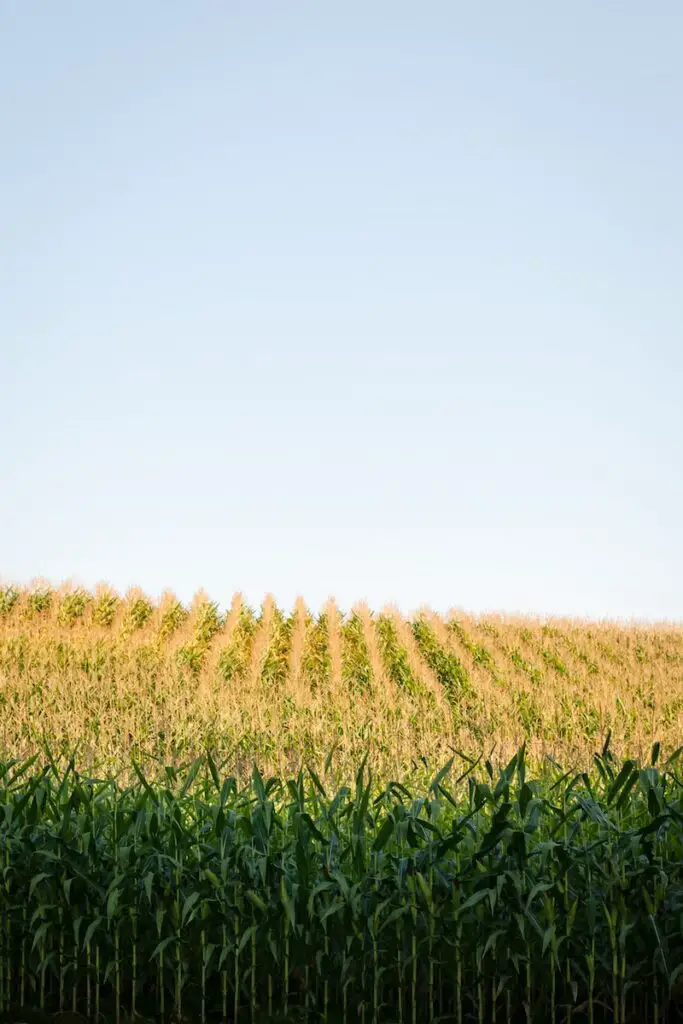
Lighting and Temperature
Corn plants require bright, indirect sunlight to thrive. Direct sunlight can damage the leaves and cause scorching. If the plant receives too little light, it may not grow properly. To ensure optimal growth, place the plant in a spot that receives bright, indirect sunlight for at least six hours a day.
Temperature is another important factor in corn plant growth. These plants prefer temperatures between 65-80°F (18-27°C) during the day and slightly cooler temperatures at night. Excessive heat or frost can damage the plant, so it’s important to keep it in a location that maintains a consistent temperature.
Watering and Humidity
Corn plants require consistent watering and humidity levels to thrive. Overwatering can lead to root rot, while underwatering can cause the leaves to wilt and dry out. It’s important to adjust watering to the plant’s needs and the surrounding environment.
Low humidity levels can also cause the plant’s leaves to dry out and curl. To maintain proper humidity, mist the plant regularly or place a humidifier nearby.
Soil and Drainage
Corn plants require well-draining soil to prevent root rot. The soil should be moist but not soggy. If the soil is too dry, the plant may wilt and dry out. To ensure proper drainage, use a pot with drainage holes and avoid overwatering.
Nutrition and Fertilization
Corn plants require proper nutrition to grow and thrive. Fertilize the plant with a balanced fertilizer every two weeks during the growing season. Nitrogen, phosphorus, and potassium are the most important nutrients for corn plants.
Nutrient deficiencies can cause stunted growth, yellowing leaves, and other issues. If you notice any signs of nutrient deficiency, adjust fertilization accordingly.
By understanding the care requirements and growing conditions for corn plants, you can ensure that your plant thrives and stays healthy.
Reviving a Dying Corn Plant
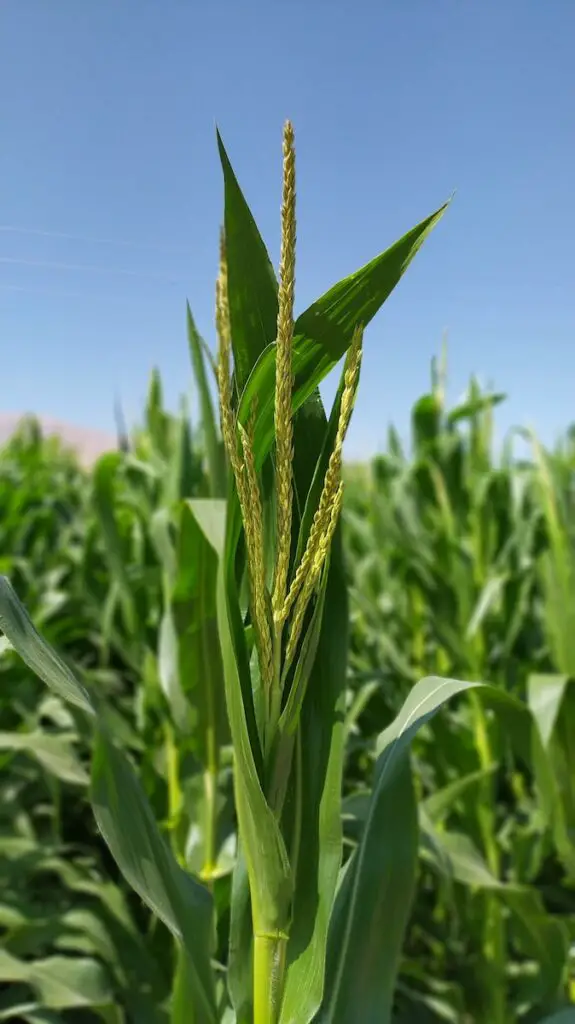
When a corn plant starts to show signs of wilting or yellowing, it can be a cause for concern. However, with proper care and attention, it is possible to revive a dying corn plant. This section covers some of the steps that can be taken to save a struggling corn plant.
Adjusting Care Practices
One of the first steps to take when trying to revive a dying corn plant is to adjust the care practices. This may involve changing the amount of water the plant receives, adjusting the lighting conditions, or providing additional nutrients. It is important to monitor the plant closely and make adjustments as needed.
Dealing with Pests and Diseases
Pests and diseases can quickly take hold of a struggling corn plant, so it is important to take steps to prevent and address these issues. This may involve sterilizing the soil, using herbicides or other chemical treatments, or removing affected leaves or stems.
Repotting and Pruning
If a corn plant is root-bound or has damaged roots, it may need to be repotted. This can help to provide the plant with the space it needs to grow and thrive. Additionally, pruning damaged leaves or stems can help to redirect the plant’s resources and promote new growth.
Providing Adequate Resources
To help a struggling corn plant recover, it is important to provide it with adequate resources. This may involve maintaining humidity levels with the use of humidifiers, ensuring that the plant has access to oxygen, and providing it with the nutrients it needs to grow.
By taking these steps and providing the necessary care, it is possible to revive a dying corn plant and help it to recover and thrive.
Preventing Future Problems
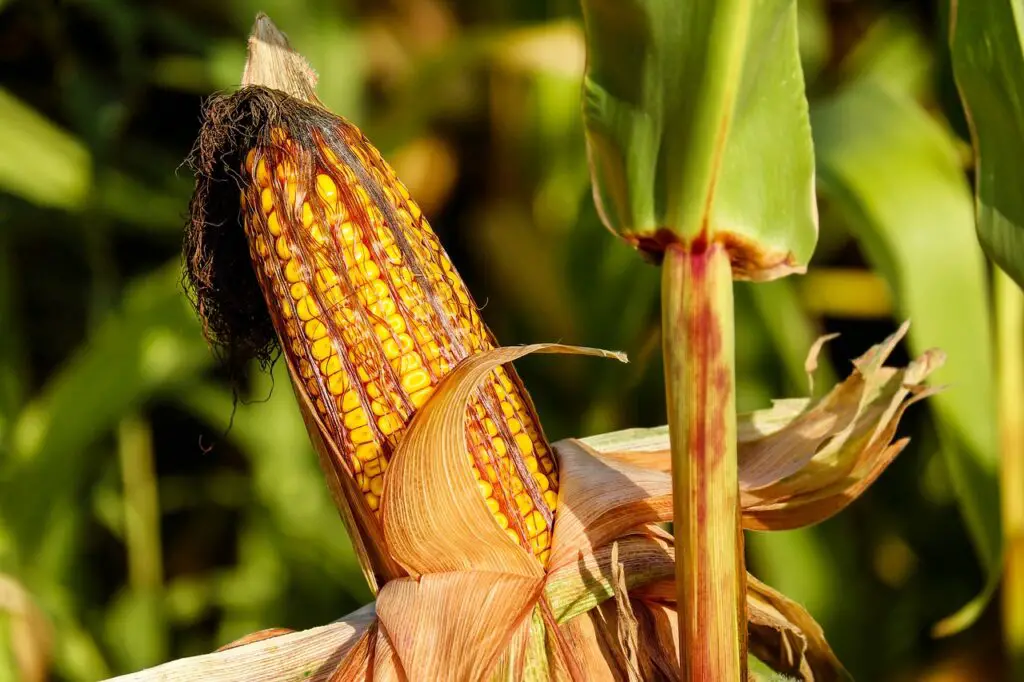
Monitoring Plant Health
To prevent future problems with a dying corn plant, it is important to monitor the plant’s health regularly. This can be done by checking for signs of stress, such as brown leaf tips or spots on the leaves. If these symptoms are noticed, it is important to take action immediately to prevent further damage to the plant.
One effective way to monitor plant health is to keep track of the amount of water the plant is receiving. Corn plants require consistent moisture, so it is important to ensure the plant is receiving enough water. However, overwatering can also cause stress and damage to the plant, so it is important to strike a balance and avoid fluctuations in watering.
Maintaining Optimal Conditions
Maintaining optimal conditions is also crucial in preventing future problems with a dying corn plant. This includes providing the plant with the right amount of light, temperature, and humidity.
Corn plants require bright, indirect light to thrive. Placing the plant near a window that receives morning or afternoon sun is ideal. However, direct sunlight can cause stress and damage to the plant, so it is important to avoid placing the plant in direct sunlight.
Temperature is also important for the health of a corn plant. These plants prefer temperatures between 65-75 degrees Fahrenheit. Avoid placing the plant in areas that experience extreme temperature fluctuations, such as near air conditioning units or heating vents.
Finally, maintaining proper humidity levels is important for the health of a corn plant. These plants prefer a moderate to high humidity environment, so it is important to mist the plant regularly or place it near a humidifier.
By monitoring plant health and maintaining optimal conditions, it is possible to prevent future problems with a dying corn plant.